
What is User Engagement?
Learn the basics of user engagement for startups, why it matters, and how to drive it effectively through strategic product development and user interaction.
If you're an early-stage startup founder, you’ve likely heard the term user engagement thrown around in conversations with investors or during product development meetings. But what exactly does it mean, and why should it matter to you? Simply put, user engagement refers to how users interact with your product and how much value they find in it over time. The more engaged your users are, the more likely they’ll stick around—and bring others with them.
At Horizon Labs, we’ve worked with hundreds of startups across various industries, from healthtech to marketplaces. Whether you’re building an MVP or scaling an existing product, understanding user engagement is key to sustainable growth. Let’s dive into the basics of user engagement and how you, as a founder, can drive it in your product.
What Is User Engagement?
Defining User Engagement
User engagement is more than just a buzzword—it’s a vital metric that helps you understand how well your product resonates with your users. It encompasses any action that a user takes within your app or website that indicates interest, participation, or value.
Here are some examples of user engagement:
- Daily active users (DAUs)
- Time spent in-app or on your website
- Number of interactions with features (like messages sent or tasks completed)
- Social sharing or referrals
- Retention rates (how many users come back after their first visit)
Why It Matters for Startups
For startups, engagement is directly tied to long-term success. It’s not enough to get users to sign up for your product—you need to keep them coming back. High engagement means your product is delivering value and has potential for growth. On the other hand, low engagement could signal that your product isn’t meeting user needs, which is something you’ll need to address before scaling.
At Horizon Labs, we’ve seen first-hand how focusing on user engagement during the product development phase can reduce churn and lead to a more successful product-market fit.
Strategies to Increase User Engagement
Build an Onboarding Process That Hooks Users
One of the most critical touchpoints for user engagement is the first experience users have with your product. If they can’t figure out how to use it or don’t see the immediate value, they’re likely to bounce.
Here's how to create a winning onboarding experience:
- Keep it simple: Avoid overwhelming new users with too many features or information. Guide them through the essential tasks to get started.
- Show immediate value: Demonstrate what your product can do for them within the first few minutes.
- Personalize the experience: Tailor onboarding flows based on user needs or preferences.
At Horizon Labs, when we build MVPs or custom applications, we place a huge emphasis on user onboarding because it sets the stage for long-term engagement.
Foster In-App or In-Product Engagement
Once users are in your product, the goal is to keep them coming back. This is where in-app engagement becomes essential. Consider adding interactive elements like push notifications, personalized recommendations, and progress tracking to keep users involved.
Some best practices include:
- Gamification: Use elements like rewards or progress bars to encourage users to complete actions.
- Push notifications: Send reminders or updates that bring users back to your product at the right time.
- Regular updates: Continuously improve the product with new features that excite users.
Horizon Labs has helped clients like Flair Labs and Yura Health implement these strategies to ensure their products stay engaging and relevant.
Gather and Act on User Feedback
As a startup, one of your biggest advantages is agility—you can iterate and pivot faster than larger companies. Use this to your benefit by actively collecting feedback from your users and acting on it. Surveys, in-app prompts, and social media are all great tools to get feedback on what’s working and what’s not.
Pro tip: Prioritize the feedback from your most engaged users. They’re the ones who care the most about your product and will likely provide the most valuable insights.
Create a Community Around Your Product
Building a sense of community is a powerful way to increase user engagement. Whether it’s through social media groups, forums, or in-app messaging features, providing spaces where your users can connect with each other can lead to higher engagement rates.
Here’s why:
- Users feel more invested in a product when they’re part of a larger group of like-minded individuals.
- Communities provide a space for users to share tips, ask questions, and help each other, which reduces the need for customer support.
We’ve seen this work exceptionally well for clients who create user-driven communities that enhance the overall experience of their product. When users feel connected, they stay engaged.
Measuring User Engagement Effectively
Identify Key Metrics
To improve user engagement, you need to measure it first. But not all metrics are created equal—some are vanity metrics that don’t provide much insight into how engaged your users are.
Here are the key metrics you should be tracking:
- Retention rate: How many users come back after their initial visit?
- Churn rate: How many users stop using your product over time?
- Time in-app: How much time do users spend engaging with your product?
- Feature usage: Which features are users interacting with the most?
By focusing on these core metrics, you can get a clearer picture of how engaged your users are and where improvements need to be made.
Use Analytics Tools
Thankfully, there are plenty of tools available to help you track user engagement. Platforms like Mixpanel, Amplitude, and Google Analytics allow you to see where users are dropping off and which features are keeping them engaged.
At Horizon Labs, we integrate analytics into every product we build to ensure that founders have the data they need to make informed decisions about user engagement.
Enhancing User Engagement Post-Launch
Continuous Improvement Through Iteration
After launching your product, your work on user engagement doesn’t stop. In fact, this is where the real magic happens. To maintain and increase engagement, you need to continuously iterate based on user behavior and feedback. This is especially important in the fast-moving startup world, where trends and user expectations change quickly.
Here’s how you can approach post-launch improvements:
- Regularly release updates: Users appreciate seeing that a product is being actively developed. Even small updates show that you’re listening to feedback and making improvements.
- Analyze drop-off points: If users are abandoning your product at a certain stage, dig deeper into why that’s happening and fix those pain points.
- Introduce new features slowly: Don’t overwhelm your users with too many new features at once. Roll them out gradually and observe how they impact engagement.
Horizon Labs follows an iterative approach in all our client projects, ensuring that every product we develop has room to grow and adapt based on user needs. This method has proven effective in helping startups keep their users engaged long after the initial launch.
Providing Excellent Customer Support
A key element of strong user engagement is the support system you offer. When users run into problems, how quickly and effectively you respond can determine whether they remain engaged or churn. Offering multiple support channels, such as in-app chat, email, and a knowledge base, ensures users can find help when they need it.
At Horizon Labs, we’ve seen that excellent customer support can be a game-changer for startups. It creates trust, improves retention, and makes users feel valued, which in turn keeps them engaged with your product. Mairah, our Customer Success Lead, ensures that every client’s customer support is streamlined and responsive to user needs.
Common Mistakes to Avoid in User Engagement
Focusing Too Much on Acquisition
One of the biggest mistakes startups make is focusing solely on acquiring new users while neglecting existing ones. While acquisition is important, retaining and engaging your current users is more cost-effective and provides better long-term growth. If you can increase engagement among your existing users, they’re more likely to refer others, which creates a natural cycle of growth.
Ignoring User Feedback
No matter how great you think your product is, your users will have the final say. Ignoring their feedback—whether positive or negative—can lead to disengagement. Even if you can’t implement every suggestion, acknowledging and acting on the most important feedback will make users feel heard and appreciated.
Overcomplicating the Product
It’s tempting to add every possible feature to your product in the hopes of making it more engaging. But in reality, overcomplicating things can have the opposite effect. Users may get overwhelmed by too many options and fail to see the value in your product. Instead, focus on the core features that solve user pain points and do them exceptionally well.
At Horizon Labs, we advocate for simplicity in product design, especially for early-stage startups. By keeping the user experience intuitive and focused, we’ve helped founders avoid feature bloat and maintain high engagement levels.
How Horizon Labs Helps Startups with User Engagement
At Horizon Labs, we know that building a product is only half the battle. Ensuring that users stay engaged and continue to find value in your product is critical to success. With our deep experience working alongside founders, we understand the unique challenges startups face in driving engagement, from onboarding to long-term retention.
We provide tailored solutions that focus on:
- Designing intuitive user experiences that promote engagement from day one.
- Implementing data-driven strategies to track and optimize user interactions.
- Offering continuous development support to keep your product fresh and aligned with user expectations.
Whether you’re launching an MVP or scaling your product, Horizon Labs is your strategic tech partner. Let us help you build a product that not only attracts users but keeps them engaged and coming back for more.
Contact us today at info@horizon-labs.co or schedule a consultation at Horizon Labs to discuss how we can help you increase user engagement and build a product that stands out.
Frequently Asked Questions (FAQs) about User Engagement:
Q: What are the main drivers of user engagement for startups?
A: The main drivers of user engagement include delivering clear value to the user, providing an intuitive and enjoyable user experience, personalizing interactions, maintaining consistent communication, and offering timely updates or new features that keep users coming back. Engaging content, customer support, and community-building initiatives also play a crucial role.
Q: How can I improve user engagement if my product is in the early MVP stage?
A: At the MVP stage, focus on solving a core problem effectively rather than offering too many features. Collect feedback from early users and prioritize iterating based on their pain points. Make the onboarding process seamless, and encourage user interactions with simple but essential features that showcase the value of your product. Establishing a feedback loop with your initial users will also keep them engaged and help refine your product before scaling.
Q: What metrics should I track to measure user engagement?
A: Important user engagement metrics include daily active users (DAUs), monthly active users (MAUs), retention rate, churn rate, average session duration, and feature-specific interaction rates (such as clicks, comments, or shares). Tracking these metrics can help you understand which aspects of your product are engaging and which may need improvement.
Q: How often should I update my product to keep users engaged?
A: The frequency of updates depends on your product and user base, but generally, regular updates show that you are actively improving and addressing user feedback. Aim for meaningful updates that provide new value or improvements every few weeks to a couple of months. Avoid overwhelming users with too many changes at once—steady, thoughtful improvements are better for sustained engagement.
Q: What role does content play in increasing user engagement?
A: Content is a major factor in keeping users engaged, especially in platforms like apps, websites, or SaaS products that rely on interaction. High-quality, relevant, and personalized content, whether in the form of articles, tutorials, in-app messages, or notifications, can keep users engaged by providing ongoing value. Interactive content, such as quizzes or polls, can also drive engagement by making users feel more involved in the product experience.
Q: How can push notifications impact user engagement?
A: Push notifications can significantly increase user engagement if used strategically. They can serve as reminders, updates, or announcements that bring users back to your product at just the right moment. However, overusing push notifications or sending irrelevant ones can have the opposite effect, leading to user annoyance and disengagement. Personalizing notifications based on user behavior is key to success.
Q: How do user communities contribute to engagement?
A: User communities foster a sense of belonging and provide users with a space to exchange ideas, troubleshoot issues, and share experiences related to your product. This not only encourages existing users to stay active but also increases word-of-mouth referrals. A strong community can turn users into brand advocates, which can lead to increased engagement and loyalty.
Q: How can I engage users after they churn?
A: Re-engaging churned users starts with understanding why they left in the first place. Once you identify the reasons—whether it’s a lack of value, usability issues, or other factors—create targeted campaigns that address those concerns. Offering special promotions, announcing new features, or simply reaching out to understand their needs can entice users to return.
Q: What is the difference between user acquisition and user engagement?
A: User acquisition refers to the process of attracting new users to your product, while user engagement focuses on keeping those users actively interacting with your product over time. While acquisition gets users in the door, engagement is about maintaining their interest, encouraging repeated use, and ultimately building loyalty. Both are crucial for growth, but high user engagement leads to better retention and long-term success.
Q: How can I personalize user engagement without overwhelming users?
A: Personalization works best when it enhances the user experience without feeling intrusive. Start by using simple personalization tactics, such as addressing users by name in emails or notifications, offering product recommendations based on their behavior, or providing tailored content based on their preferences. Use data and analytics to understand user behavior and create segments, allowing you to deliver the right content or feature at the right time.
Q: Can A/B testing improve user engagement?
A: Absolutely. A/B testing allows you to experiment with different versions of your product, such as variations in design, features, or messaging, to see which one drives better engagement. Testing small changes—like the placement of a button, different onboarding flows, or alternative copy in notifications—can reveal what resonates most with your users and help optimize their experience.
Q: How can gamification improve user engagement?
A: Gamification introduces game-like elements into your product, such as points, levels, badges, or leaderboards, which can motivate users to engage more frequently. It adds a fun and competitive element to the user experience, making tasks feel more rewarding. However, it's important to ensure that gamification aligns with your product's goals and user needs to avoid it feeling forced or gimmicky.
Q: What role does user retention play in user engagement?
A: User retention is a critical component of engagement because it indicates how well you’re keeping users engaged over time. High retention means that users are finding ongoing value in your product, while low retention suggests they are losing interest or encountering friction. By improving retention through better engagement strategies, you can create long-term, loyal users who continue to interact with and recommend your product.
Q: How can social proof increase user engagement?
A: Social proof, such as testimonials, reviews, case studies, or user-generated content, can significantly boost user engagement by showing new and existing users that others are finding value in your product. People are more likely to engage when they see positive feedback or when they know others are actively using and benefiting from the product. Incorporating social proof in your onboarding or throughout the product experience can build trust and encourage continued use.
Q: How can I avoid overwhelming users with engagement tactics?
A: Balance is key when trying to engage users without overwhelming them. Too many notifications, updates, or new features can lead to frustration and disengagement. To avoid this, focus on the quality of engagement rather than quantity. Make sure your outreach (like notifications or emails) is personalized and relevant, space out feature rollouts, and avoid spamming users with constant updates. Keeping engagement efforts strategic and user-centric will create a smoother experience.
Q: What role do analytics play in improving user engagement?
A: Analytics are essential for understanding how users interact with your product. They provide data on which features are popular, where users drop off, and how long they spend engaging with your app or platform. By analyzing this data, you can identify opportunities to improve engagement, such as refining certain features, adjusting onboarding, or introducing new elements that better meet user needs. Data-driven decisions lead to more effective engagement strategies.
Need Developers?
We help companies build ideas into apps their customers will love (without the engineering headaches).
















For Startups & Founders
We've been founders ourselves and know how valuable the right communities, tools, and network can be, especially when bootstrapped. Here are a few that we recommend.

Mistakes to Avoid When Building Your First Product
Learn the key mistakes founders make when building their first product—and how to avoid them for a faster, smoother launch.
Read more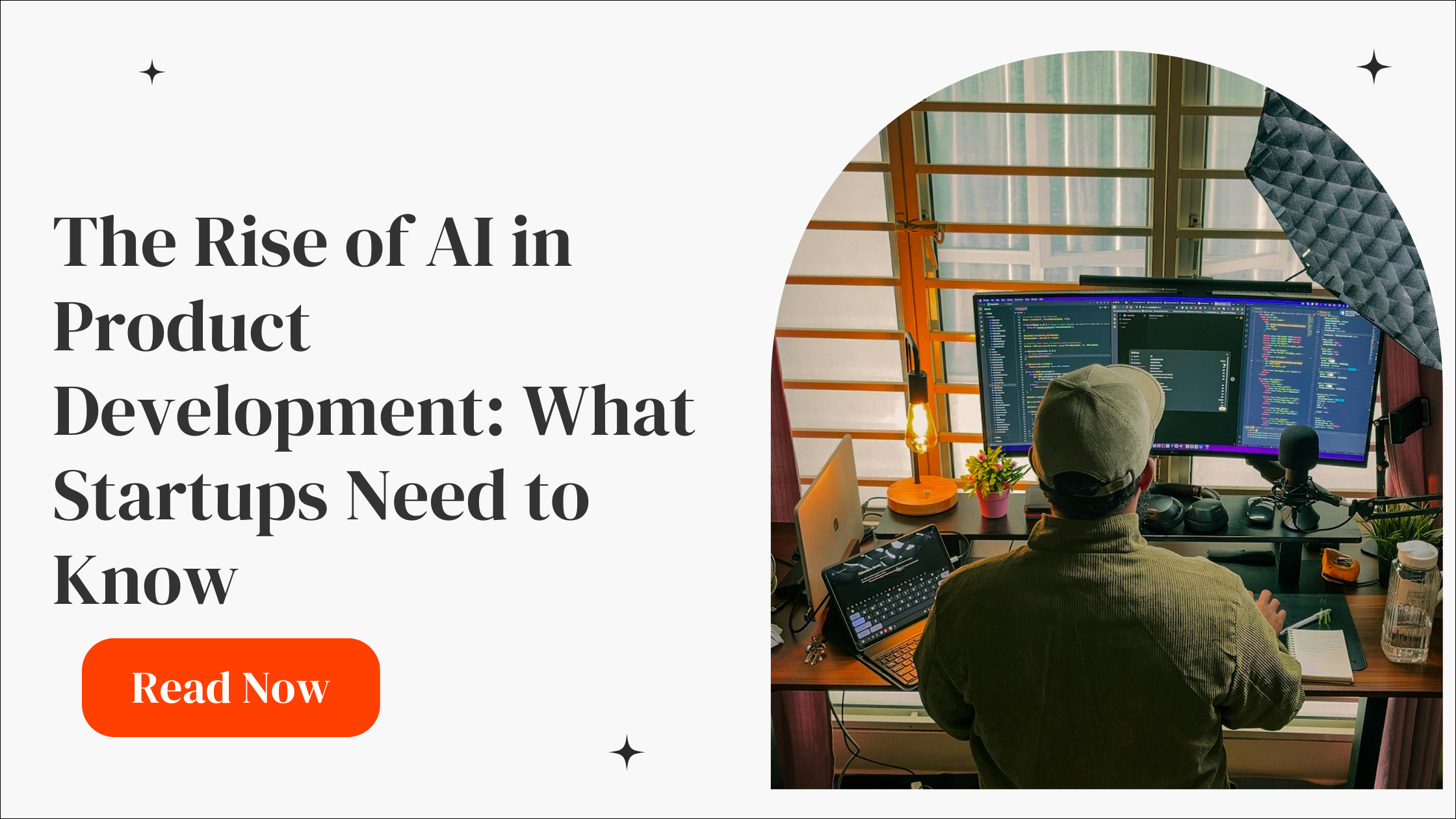
The Rise of AI in Product Development: What Startups Need to Know
Learn how AI is transforming product development for startups. From MVPs to scaling, here’s what founders need to know in today’s AI-driven world.
Read more
No-Code vs. Custom Development: Which is Right for Your Startup?
Weighing no-code vs. custom development? Learn which is right for your startup depending on stage, budget, and product complexity.
Read more
What is Mixpanel?
Learn how Mixpanel helps startups track user behavior to improve products and accelerate growth with clear data-driven insights.
Read more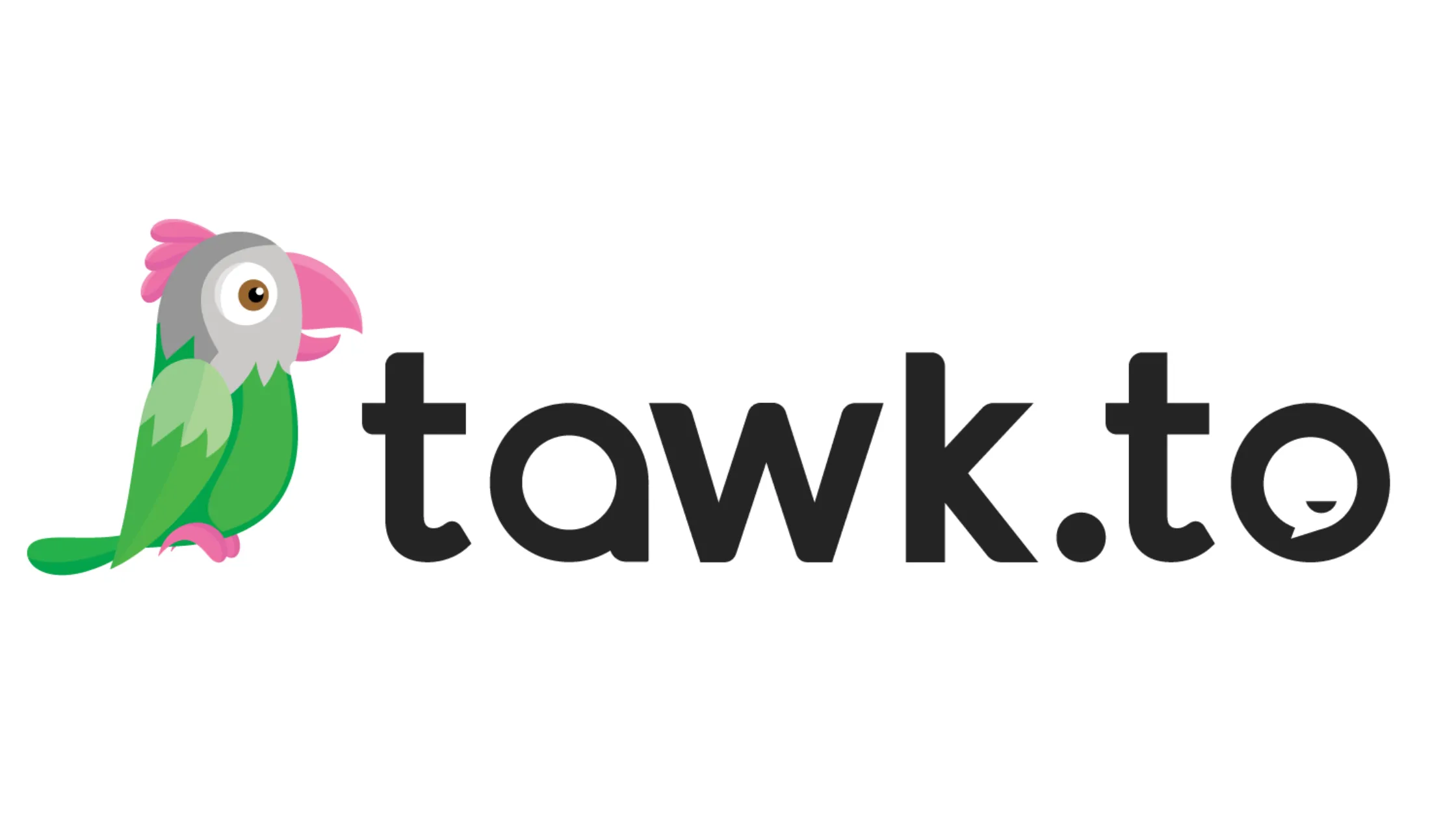
How Tawk.to Can Boost Your Startup’s Customer Support Game
Learn how Tawk.to can benefit startups by enhancing customer support and engagement. Perfect for early-stage founders!
Read more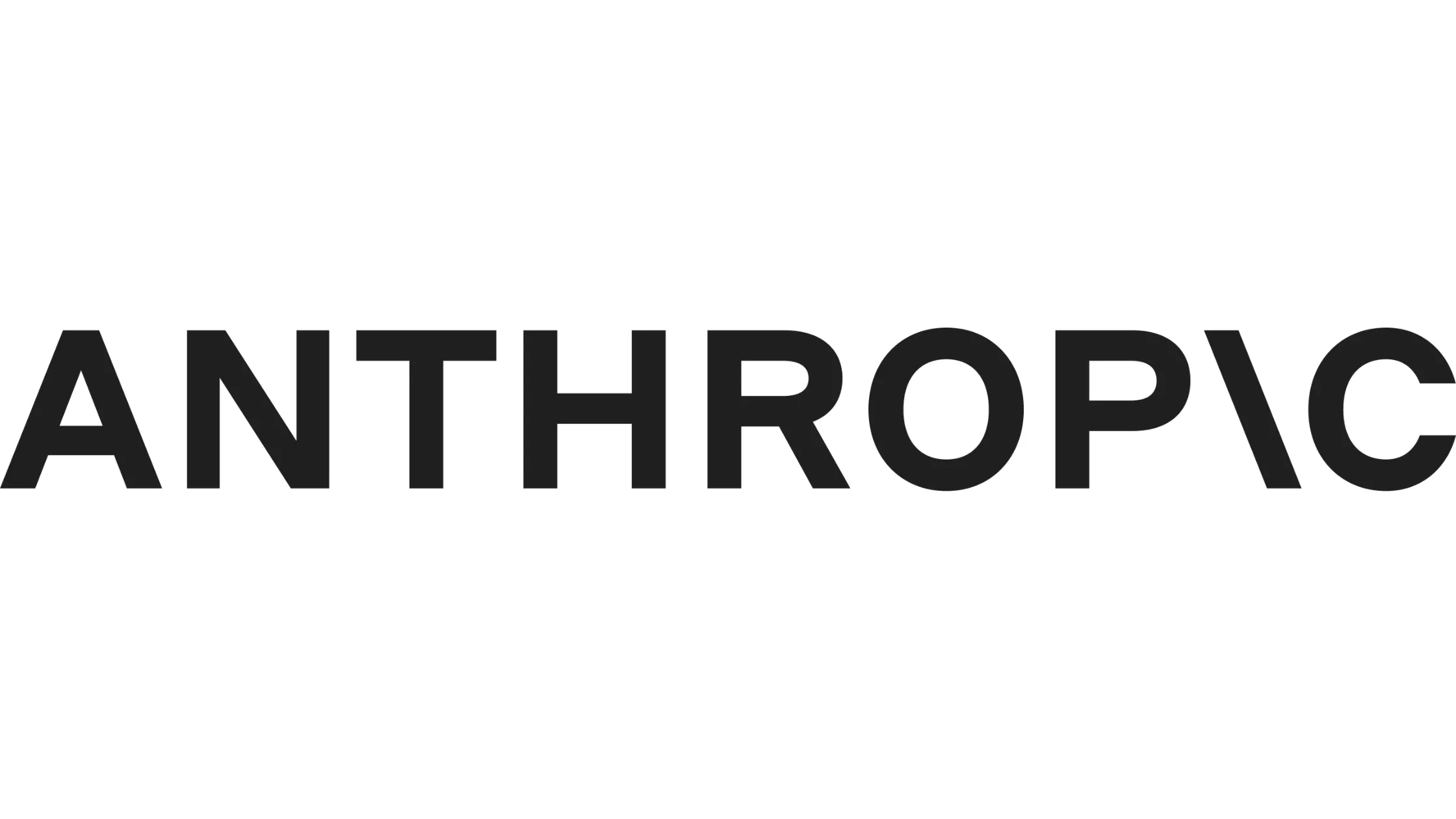
Grow Your Startup With Anthropic's AI-Powered Tools
Discover how Anthropic's cutting-edge AI tools can accelerate your startup's success. Learn about their benefits and see why they can be trusted by startups.
Read more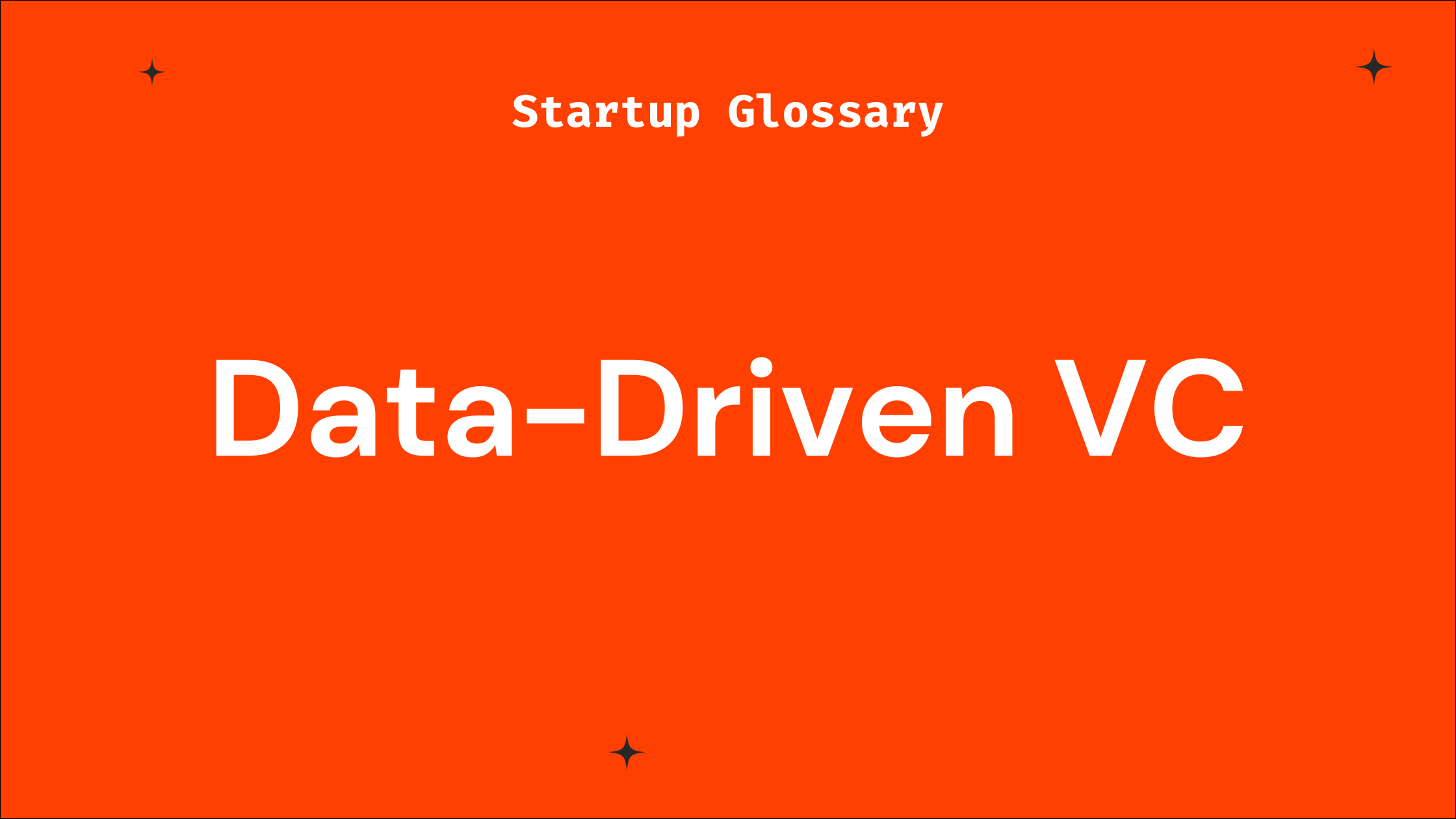
What is Data-Driven VC?
Learn what a data-driven VC means and how such investors can benefit your startup’s growth and fundraising journey.
Read more
What is Blockchain?
A beginner-friendly guide on blockchain for startup founders, covering key concepts, benefits, challenges, and how to leverage it effectively.
Read more
What is Cybersecurity?
Learn cybersecurity basics tailored for startup founders. Understand key risks, best practices, and how to protect your startup from tech threats.
Read more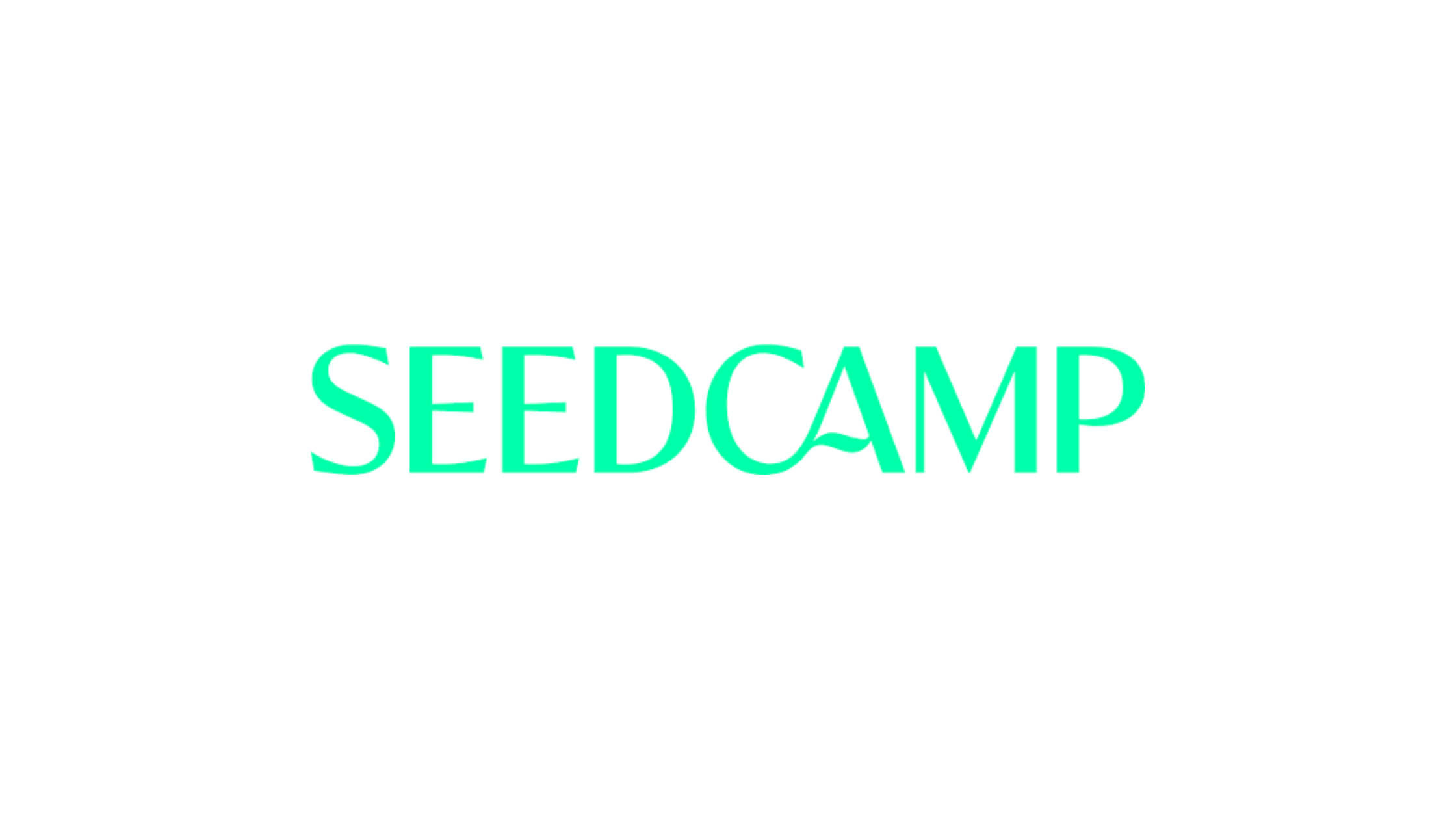
What is Seedcamp?
Learn what Seedcamp is, how its European seed fund and accelerator program work, and how founders can use its capital, mentorship, and network to scale their st
Read more
What is AngelList?
AngelList is a prime platform connecting startup founders to investors, talent, and resources to accelerate early-stage growth.
Read more
What is 500 Startups?
Learn what 500 Startups (now 500 Global) is, how its accelerator and seed fund work, and when founders should consider it—plus tips for early-stage startups.
Read more.png)